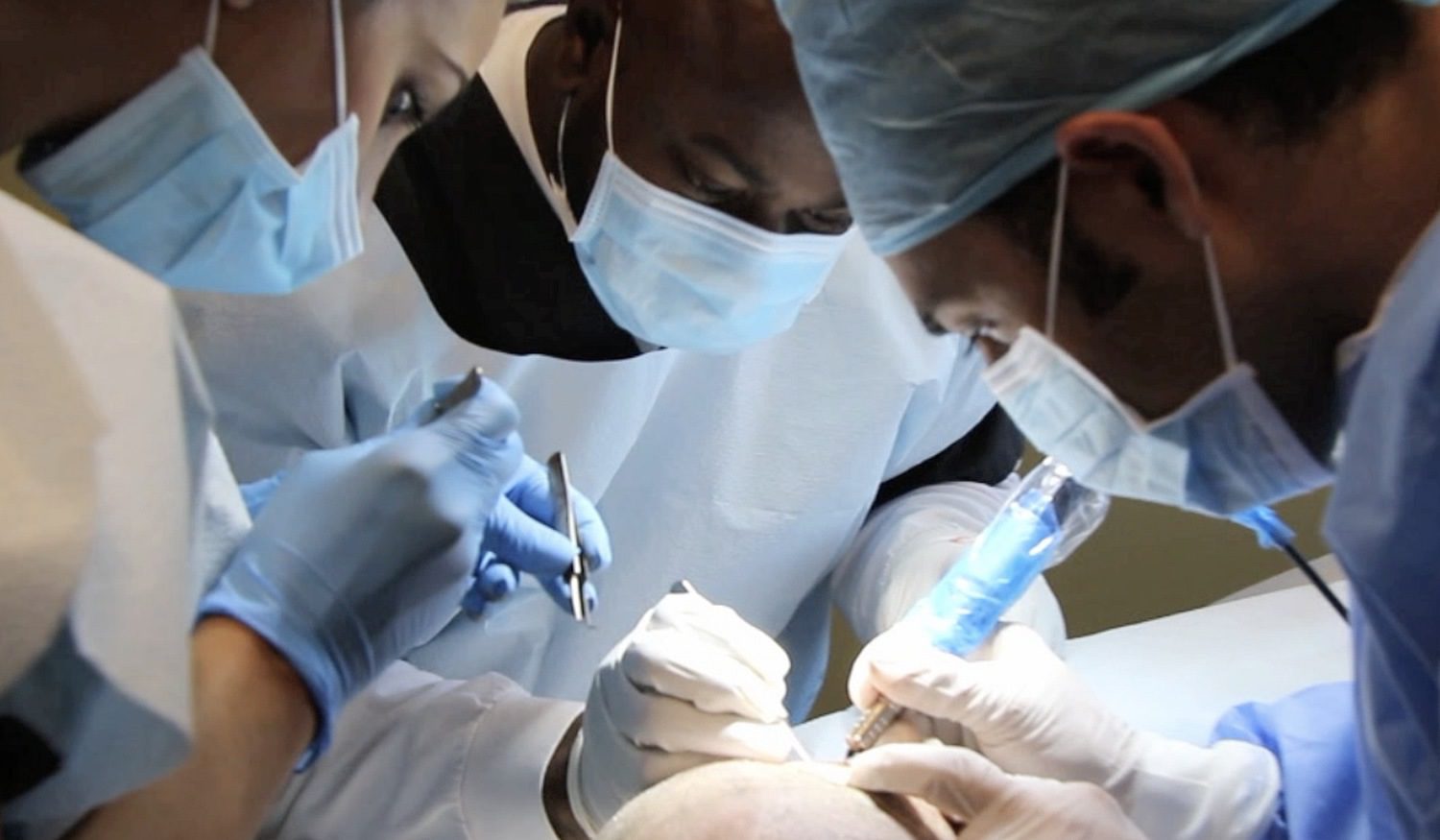A Guide To The 4 Most Common Types Of Hair Transplant Surgery
To the man whose follicles are failing, a hair transplant can either seem like the answer to all his woes or a drastic and insurmountable decision. That’s understandable. It’s an overwhelming prospect because it is, after all, a form of surgery. Throw in the added worries of not knowing what to expect, how much it’s going to cost and whether you’re in safe hands, and it can become more stressful than losing your hair in the first place.
Many people who rush in without properly researching the subject can end up regretting getting a hair transplant. This is why we’re laying out the facts behind four different hair transplant procedures below. But before you decide – with your surgeon – which is the best for you, there are more pressing factors to consider.
What To Think About Before Getting A Hair Transplant

First, rein in your emotions. Don’t get too excited – or anxious – about your hair transplant options because you may not even be a viable candidate. Take it slow, gather information from reputable sources and weigh your options.
We’re talking real surgery here, not a visit to an upgraded barbershop. You should fully comprehend what’s involved in hair transplantation and it’s vital to research multiple surgeons and understand your options. Remember that no two surgeons are the same, just as no two patients are the same. Your first ports of call for research should be industry bodies. Look up the IAHRS, the AHLA and The Bald Truth UK.
Don’t be tempted by a bargain because this is one expense you don’t want a deal on. Nobody wants to become a ‘medical tourism’ statistic. Only entrust the care of your body and the results of a hair transplant to a reputable, experienced, ethical professional. You wouldn’t buy a Rolex from a bloke at the pub, so why invest in surgery from an operator that tells you more about their beachside recuperation than their qualifications?
Your next-door neighbour’s brother-in-law might have a horror story about his hair transplant gone wrong. Or your boss could tell you his nephew is the latest superstar in hair transplant surgery. Everyone has a story. And the internet is full of untruths, scammers and alarmism. Stick to gathering your information from actual experts and ignore social media influencers, flashy adverts and tabloid news articles.
The truth is that there’s no quick fix for male pattern baldness. A wise investment of time and money can, however, restore not just your hair, but confidence and self-esteem with it. Here’s where to start.
The 4 Different Types Of Hair Transplant Procedures
Hair transplants are not cookie-cutter procedures. Every individual is different, from the amount and quality of existing hair you have to the way you prefer to wear it. Only after you’ve consulted a hair transplant surgeon in person will you have an idea about what will be best for you.
FUE (Follicular Unit Extraction)
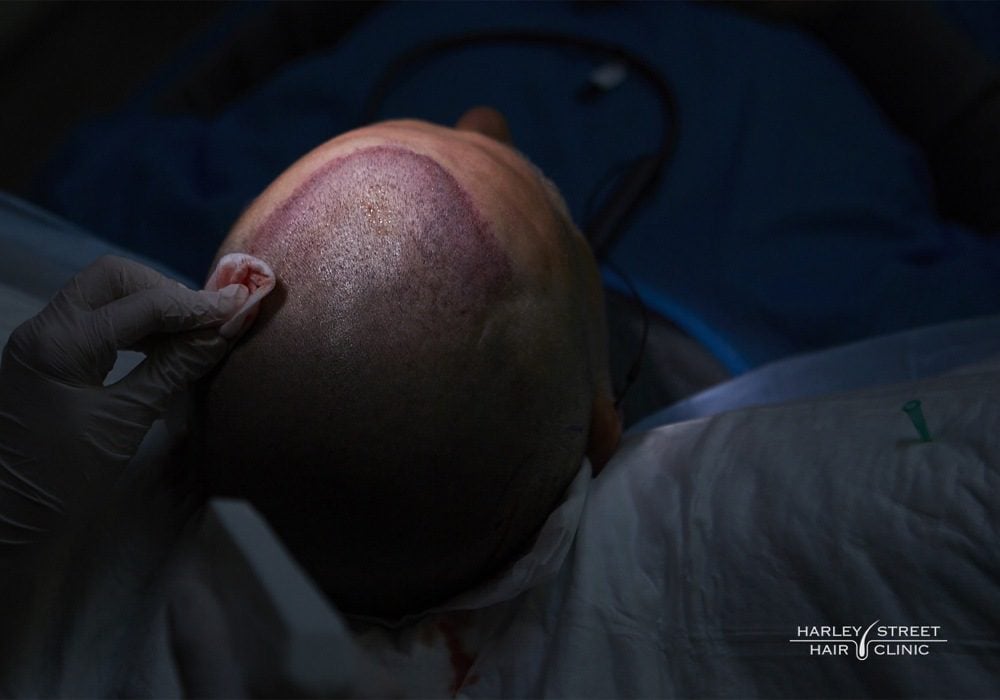
The minimally invasive treatment that restored Wayne Rooney’s thatch is currently the most common hair transplant procedure for British men. With Follicular Unit Extraction individual hair follicles are harvested from the sides and back part of the scalp (the ‘donor site’) and transplanted to where they’re needed (the ‘recipient area’), under local anaesthetic.
Very fine blades are used to create tiny implantation sites in the scalp and the follicles are inserted into them. Depending on the number of follicles being transplanted, FUE takes approximately eight hours and the cost ranges from £5,000 to £12,000.
When performed correctly, there is no visible scarring so you can wear your hair short if that’s your preferred style. It takes four to twelve months to fully develop but the results generally last a lifetime.
FUT (Follicular Unit Transplantation)
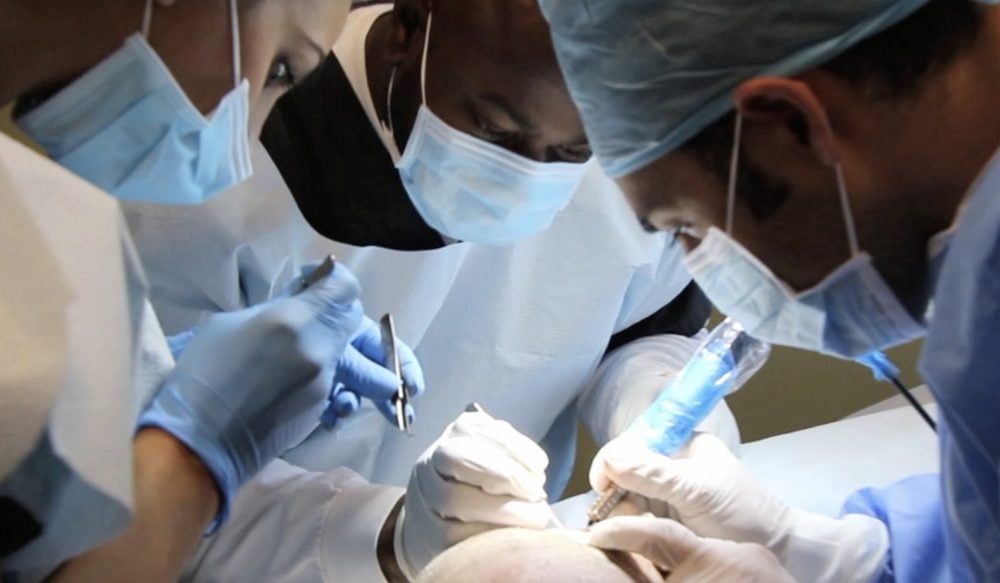
Where FUT differs from FUE is that the surgeon harvests and transplants thousands of hair follicles at a time. Under local anaesthetic, a strip of hair is removed from the donor site, usually the back or sides of the scalp. The surgeon then divides the hair follicles into smaller groups under a microscope and transplants them into bald patches as is performed in an FUE procedure.
Downtime is similar but it is more invasive, involves a healing time of around four weeks, and does leave a linear scar. Results will appear in the same period – four to twelve months – and the cost ranges from £5,000 to £8,000.
The most logical deciding factor might be how short you want to wear your hair: FUE for really short hair, FUT for longer hair. Ultimately, an experienced, reputable hair transplant surgeon will advise what’s best for you. Generally speaking, FUT procedures enable more hair to be safely transplanted in one session and tends to benefit patients with larger loss patterns who have more real estate to cover.
ATP (Advanced Trico Pigmentation)
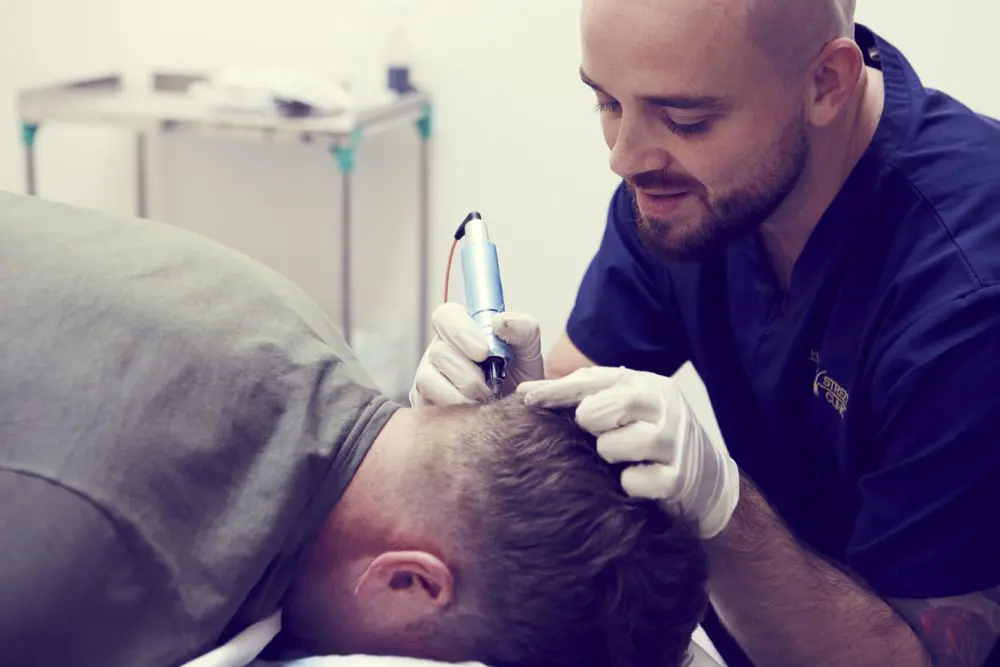
ATP is another minimally invasive procedure. It’s an advanced pigmentation delivery system, very innovative and effective in that it basically amounts to tattooing stubble onto the scalp with a tiny needle. The ink lasts up to seven years and looks incredibly natural. ATP can also replicate individual brow hairs.
If you have thinning hair want to look fuller and thicker up top, ATP is useful in ‘filling in’ a receding hairline. Clearly, this is not the right treatment if you want longer styles you can feel as well as touch, but you can create the look of a fully shaven head with ATP applied to the entire scalp.
Pricing depends on the area that’s treated and ranges from £1,000 to £3,000.
BHT (Body Hair Transplantation)
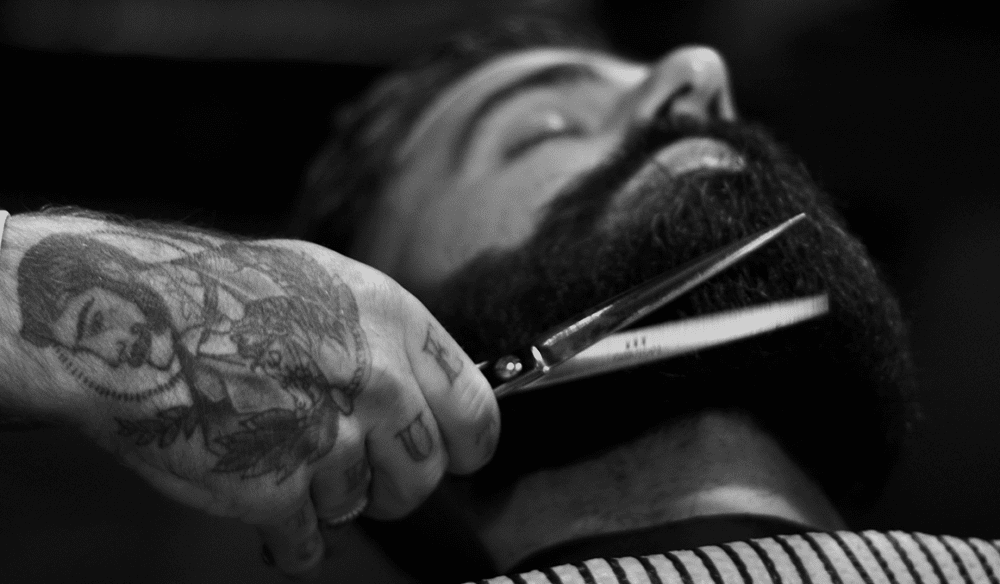
For those with very little hair on their head, there is the option of BHT. Follicular units are extracted from areas of the body such as the beard, chest, arms and legs using the FUE technique. The beard is usually the surgeon’s first choice as the success rate is generally higher than from other sites.
Your body hair’s thickness, length and hair cycle will determine whether it can be transplanted to your scalp. These hairs won’t fully match that of your scalp hair and the aesthetic result may not meet your expectations. A good surgeon should discuss this with you at length before you decide to go ahead with any procedure.
Be aware that BHT procedures are more time consuming and require a higher degree of skill than traditional FUE. That said, the cost of the surgery is typically the same as FUE, so expect to pay between £5,000 to £12,000 depending on the number of follicles transplanted.
